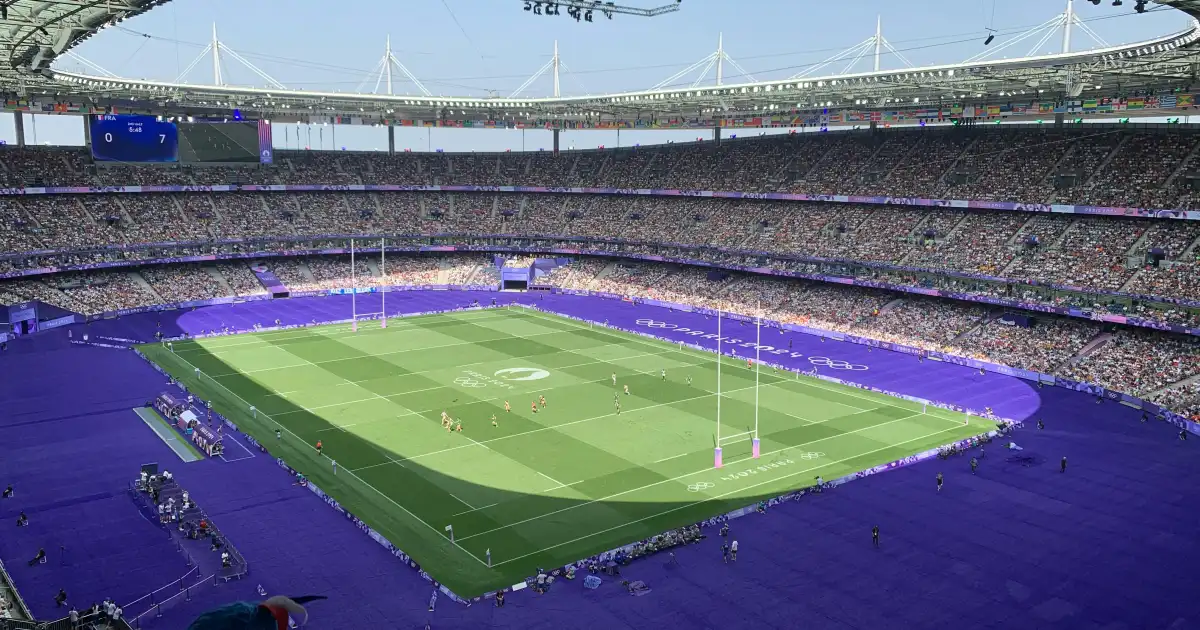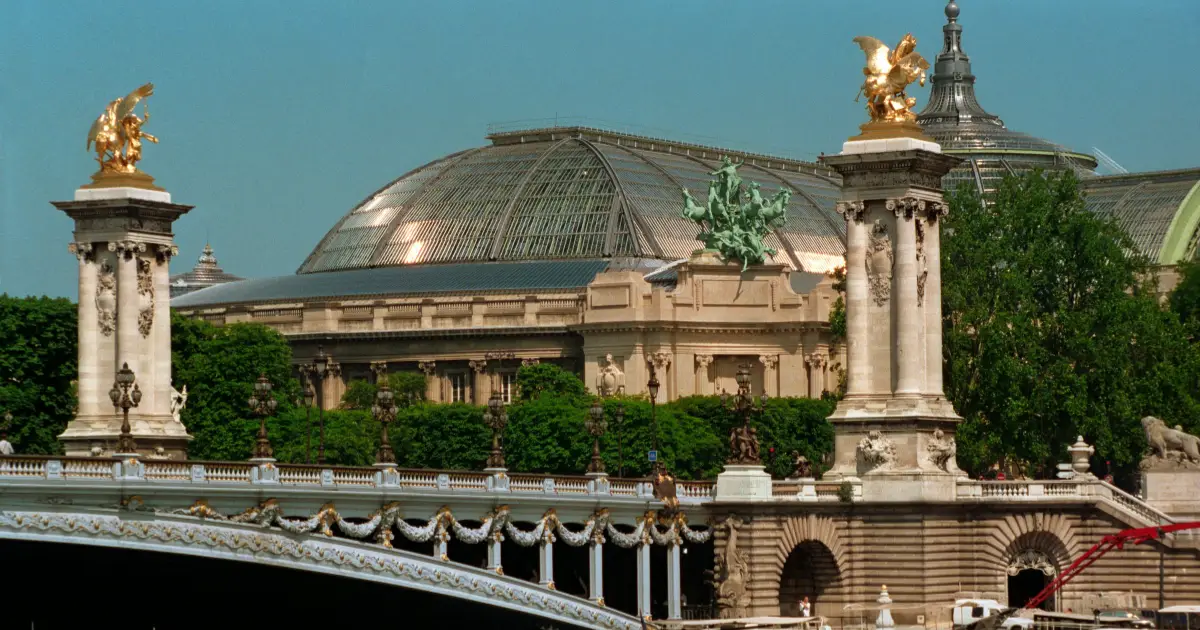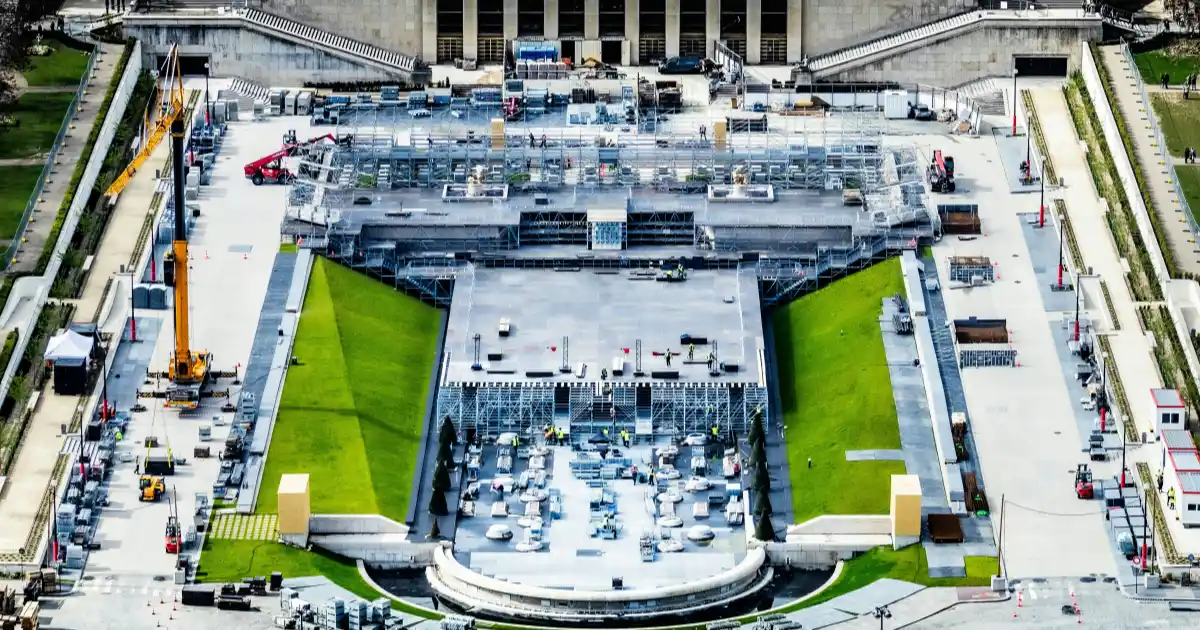I’m sure you’re all excited about the 2024 Paris Olympics Games. As athletes prepare to show off their skills, another art form is quietly taking center stage: architecture. Each venue is a reminder of the athletes’ ability to give it their all. This year’s Olympic Games in Paris will not only be a testament to human sporting achievement but also a grand display of innovative, sustainable, and stunning architectural features. Let’s take a closer look at what to marvel at and learn from the architecture of the 2024 Paris Olympics.
Architectural Features of the Paris 2024 Olympic Games
The 2024 Paris Olympics will redefine artistic standards, not only in the Opening Ceremony but also in the originality of the architectural design.
In coping with the multitude of sports venues required, Paris has chosen to adopt a sustainable strategy. Fewer new venues were built, instead focusing on renovating and repairing existing sites. Where new construction was required, recycled or low-carbon materials were maximized to ensure environmental friendliness.
And then there’s the Olympic Village. The Olympic Village is not only a place for athletes to rest, but it also epitomizes modern city life. The Olympic Village has been designed with an eye to the future, with green spaces, environmentally friendly modes of transport, and architecture that is as functional as it is aesthetically pleasing. The Village embodies the Parisian vision of a future where urban life and sustainable development coexist in harmony.

Choosing Sustainability
The importance of sustainability in the construction industry has risen dramatically in recent years. the 2024 Paris Olympics set a gold standard. The organizers have adopted the mantra ‘Reduce, Reuse, Recycle’ to ensure that the building footprint of the Games is as green as the venues where the athletes compete.
Renovating Buildings
To keep new construction to a minimum, Paris has chosen to renovate existing buildings rather than build new ones from scratch. This approach not only preserves the city’s historic charm but also significantly reduces its environmental impact.
For example, the Grand Palais, a Parisian landmark, was renovated. Built-in 1900, this stately building is steeped in history and was restored from the ground up to host the games safely. This included improving the publicity, increasing natural light, and reinforcing the cantilevered structure and balconies. This is where fencing and taekwondo competitions are held.

Use of Environmentally Friendly Materials
The use of environmentally friendly materials is another cornerstone of the Paris 2024 building strategy. Even though there are a limited number of new venues, the buildings and structures are constructed using sustainable materials that minimize the impact on the environment. From recycled steel to solar photovoltaic panels, the materials chosen reflect a commitment to reducing the carbon footprint.
A notable example is the newly constructed Olympic Aquatics Centre. The venue’s massive concave wooden structure reduces energy demand. The 5,000 square meters of roof are covered with photovoltaic panels, which meet at least 20 % of the electricity demand. In addition to serving the Olympic swimming events, it will be open to the public for permanent use after the competitions.
Recycling Materials
At the same time, the organizers are committed to reducing waste by reusing materials wherever possible. This includes reusing old buildings, recycling construction waste, and using recycled materials in new buildings.
Take the Olympic Aquatic Centre, for example. The facility was constructed using environmentally friendly materials, with the vast majority of the areas being made from recycled plastic bottle caps. It also adds a unique aesthetic element to the design. The Porte de La Chapelle Arena inherits the same concept, with 80 % of its surface covered in greenery. The front of the stadium is made of recyclable aluminum material and most of the building materials are biomaterials. The attention to detail in the sourcing and utilization of recycled materials demonstrates a commitment to sustainability.
Advantages and Disadvantages of Such Design
As with anything, this approach to sustainable building design has its pros and cons.
On the plus side, the environmental benefits are enormous. Reducing carbon emissions, lowering the amount of waste produced, and reducing the overall impact on the environment are all significant advantages. And, from a sustainability perspective. There are often cost savings to be made by refurbishing existing buildings and using sustainable materials. These buildings can also serve as models for future projects, demonstrating that sustainability and multifunctionality can go hand in hand.
Plus the fusion of modern design and sustainable practices creates visually stunning buildings that inspire and engage people. These buildings are not only functional, but they are also works of art that tell stories of innovation and responsibility.

However, the challenges are just as great. Renovating old buildings to modern standards can be more complex and costly than constructing new ones. The process requires careful planning and implementation to ensure that the building is safe, functional, and meets the required specifications.
In addition, sourcing sustainable materials can sometimes be more expensive and time-consuming. The availability of these materials and the expertise required to use them can also pose additional challenges. Despite these obstacles, the long-term benefits often outweigh the initial cost and complexity.
Conclusion
It is easy to see that the 2024 Olympic Games in Paris will be a spectacular event. This is evident not only in the sporting events but also in the groundbreaking architectural achievements that will grace the Games. From renovating historic buildings to using environmentally friendly and recyclable materials, the focus on sustainability has set a new benchmark for future sporting events.
While there are some challenges to adopting this approach, the benefits far outweigh the drawbacks, and Paris 2024 will leave a lasting legacy that demonstrates how innovation and sustainability can co-exist. The result will be beautiful, functional, and environmentally responsible architecture.
When you are also looking for recyclable and environmentally friendly building materials, look no further than aluminum grating materials from HY Industries. High-quality aluminum materials are 100% recyclable, environmentally friendly, and can be used for a long time. If interested, please feel free to contact our customer service group for more detailed product information and quotation.


